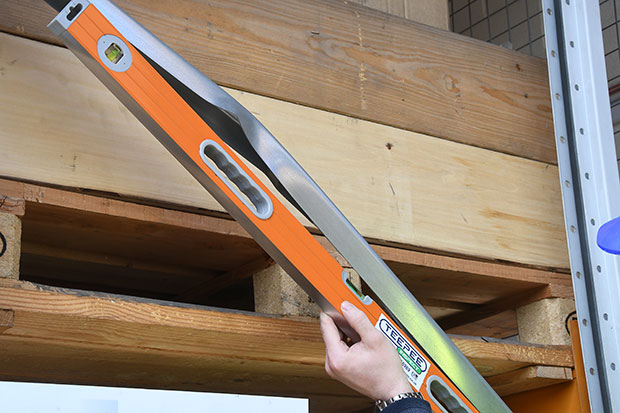Training forms the basis of most businesses today, ensuring that employees know how to perform their jobs properly and stay safe. But have you ever thought about training for your racking? We look at why you need racking training and what to expect from a course.

Do you need racking training?
Your warehouse is a busy environment with stock, employees and forklift trucks moving around the space, and it’s not surprising your racking will get knocked. If damage is left unchecked, it can deteriorate, making the structure unsafe.
To find out if you need racking training, answer these questions:
•Can you afford for your racking not working as intended? Ignoring damage usually results in unnecessarily expensive repair costs and even racking being put out of action. As a result, you face operational downtime and a reduction in warehouse efficiency until it’s fixed.
•Can you risk employee safety? Your racking is playing a key role in keeping stock safely in place. Damage to the racking risks the integrity of the structure and increases the chance of it failing. When that happens, tonnes of stock could fall and risk injuring your employees.
•Do you need to meet compliance requirements? Did you know your racking is classed as work equipment? It is a requirement under PUWER for you to maintain the structure and keep it safe.
What is warehouse racking training?
To keep your racking safe and compliant, you must implement a regular inspection routine. For guidance, reference SEMA and HSG76 Warehouse and Storage: A Guide to Health and Safety, which recommends that a trained professional undertake an Expert Inspection at least once a year. However, the advice doesn’t stop there, and, as the warehouse owner or manager, you’re also responsible for implementing regular checks between Expert Inspections.
This is where training comes in. A racking course prepares your employees by giving them the knowledge and skills they need to work safely. This includes identifying and reporting if they find damage on the racking and how to load the structure.
Under HSG76, you must also appoint a member of your team to take on the role of Person Responsible for Racking Safety (PRRS), who is responsible for ensuring that correct racking procedures and safety standards are met. Finally, the training prepares members of your team on how to perform Visual Inspections. These inspections are undertaken at regular intervals and perform a detailed check for damage, correct loading practices and also write up a formal report on their findings.
What should you expect from a racking training course?
Ideally, like Teepee’s training, the course should take place in your warehouse using the equipment familiar to your team and delivered by trainers qualified in Expert Inspections.
To get the most out of the course, the training should cover risks when working around racking, legal requirements, safe operation of MHE, how to identify damage and how to read the load notice. The training should then move on to conducting visual inspections covering different racking systems and components, types of inspection and how to carry them out. It will also instruct on correct reporting methods and how to communicate them to relevant personnel.
Finally, the training will prepare a team member for the role of PRRS by looking at maintaining racking inspections and maintenance records and how to analyse damage. It will also explore identifying where regular occurrences could happen, how to implement required actions and when to escalate an issue to an Expert Inspection. You might also want to check if the training offers refresher courses, so your team remain safe and compliant.
If you’d like help in organising your racking training, why not get in touch with Teepee and see how we can keep your warehouse safe.




Comments are closed.